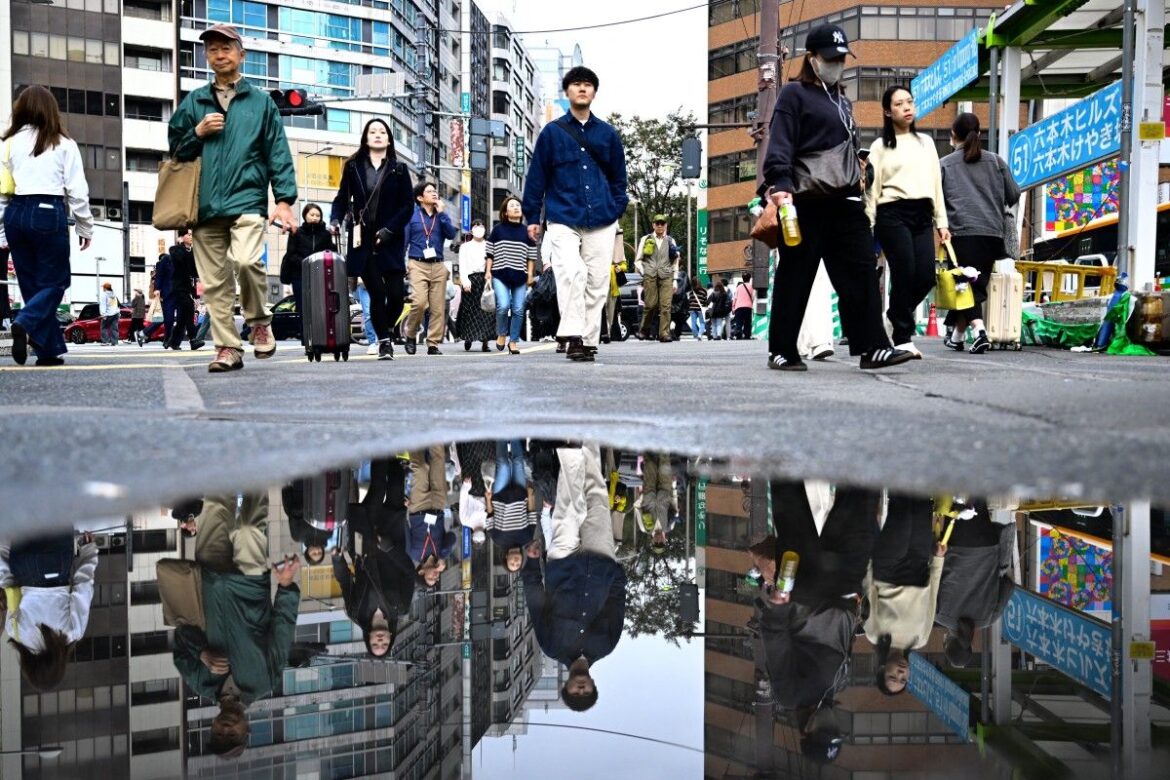By Alimat Aliyeva
The Japanese government has emphasized that much more needs to
be done to prepare for a possible “megaquake” in order to reduce
the feared death toll of up to 300,000 people,
Azernews reports, citing foreign media.
While earthquakes are notoriously difficult to predict, a
government panel raised the probability of a major earthquake in
the Nankai Trough off Japan’s coast to 75-82 percent over the next
30 years in January. This marks a notable increase in the risk
assessment.
In March, the government released an updated estimate indicating
that a megaquake, followed by a tsunami, could result in as many as
298,000 deaths and cause damages amounting to as much as $2
trillion.
Back in 2014, the Central Disaster Management Council issued a
preparedness plan aimed at reducing fatalities by 80 percent.
However, the government has admitted that, to date, the measures in
place would only reduce the death toll by approximately 20 percent,
according to reports from Kyodo News. In response, a new
preparedness plan was unveiled this Tuesday, outlining accelerated
efforts, such as the construction of embankments, evacuation
buildings, and more frequent disaster drills to improve public
readiness.
“It is essential for the nation, municipalities, companies, and
non-profit organizations to work together to implement measures
that will save as many lives as possible,” said Prime Minister
Shigeru Ishiba during a government meeting, according to local
media.
The Nankai Trough, an 800-kilometer (500-mile) undersea trench
running parallel to Japan’s Pacific coastline, is the location of
major tectonic activity. In this area, one tectonic plate is slowly
slipping beneath another, increasing the likelihood of a
catastrophic event.
Historically, megaquakes in the Nankai Trough have occurred
every 100 to 200 years. The most recent major quake in the region
took place in 1946.
In August 2022, the Japan Meteorological Association (JMA)
issued its first advisory warning about the increased likelihood of
a major earthquake in the region, although the advisory was lifted
after a week. Despite these warnings, experts stress that
predicting the exact timing, location, and magnitude of earthquakes
remains impossible with current technology.
In recent months, concerns have been heightened by a manga comic
reissued in 2021, which predicts a major disaster on July 5, 2025.
This has fueled anxiety among some tourists, leading to a drop in
travel from certain regions.
Hong Kong-based Greater Bay Airlines reported a reduction in
flights to Japan due to a rapid decline in demand, which a local
tourism official attributed to fears of an impending quake. The
number of visitors from Hong Kong dropped by 11.2 percent
year-on-year in May, according to Japan’s tourism office. However,
the number of visitors from mainland China surged by 44.8 percent,
and arrivals from South Korea increased by 11.8 percent.
“It is impossible with current science to predict earthquakes in
terms of their location, time, and magnitude,” said Ryoichi Nomura,
head of the JMA. “We urge the public to take appropriate
precautions to prepare for earthquakes, but we also ask them not to
take irrational actions driven by fear and anxiety.”


AloJapan.com